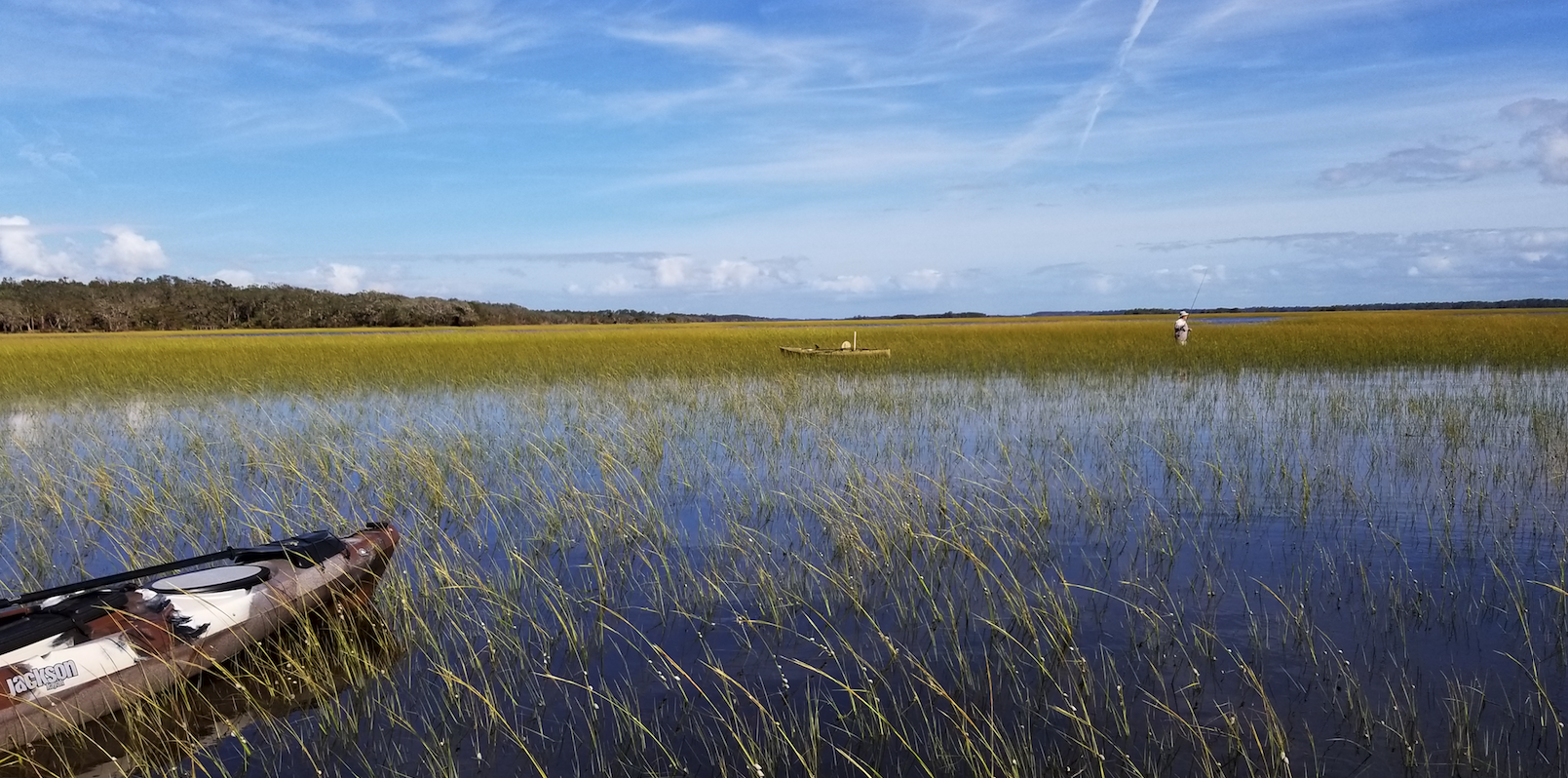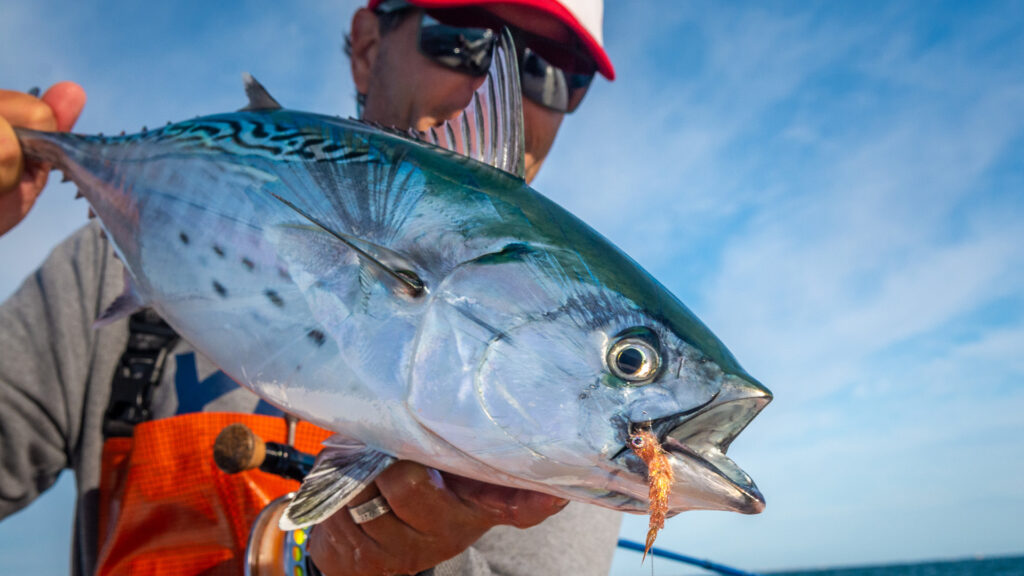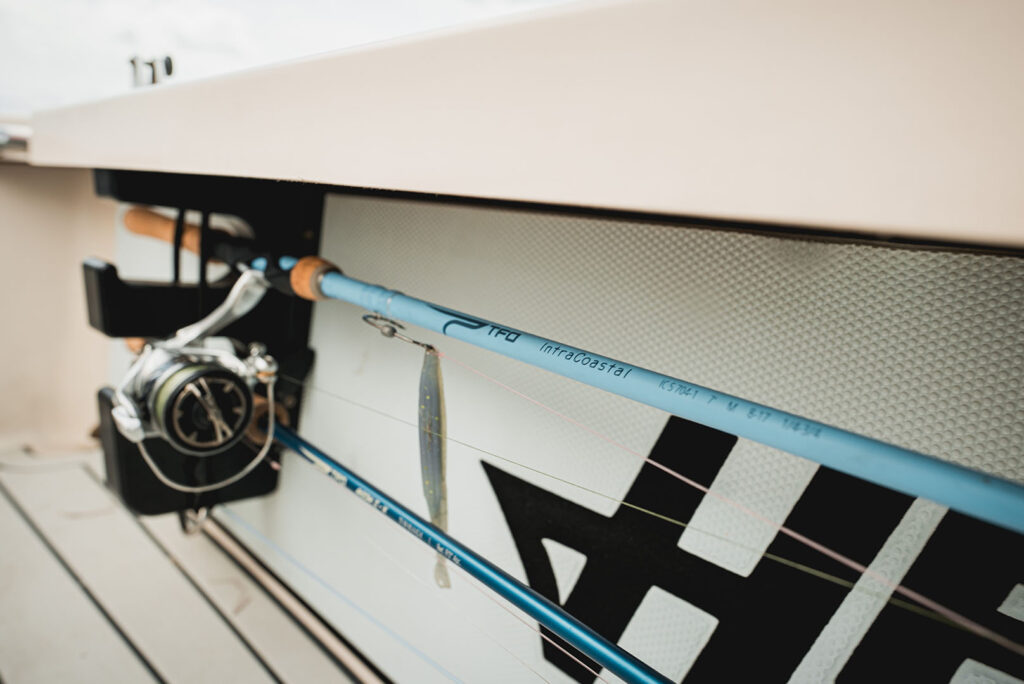The sun came up early. After a long drive from the North Carolina mountains to the beaches of north Florida, I was dog tired.
But I got up to go fishing anyway. The allure of tailing redfish on the marsh is intoxicating. Sleep would have to wait.
I arrived at my favorite marsh in time. The sun was up and the tide was trickling in. After 30 minutes of walking, I arrived at my favorite spot and looked for fish. The water was shin deep, and I waited for it to reach the bottom of my knee caps. And I waited and waited and waited.
The projected flood tide never arrived. And neither did the tailing redfish.
The culprit was Hurricane Florence, which was several days away, but close enough to yield a west breeze, which stymied the tidal flow. There just wasn’t enough water for the fish to feel comfortable enough to feed.
So I trudged back home. I knew the west wind might be an issue, but I fished anyway. I have a soft spot for tailing reds. The mere sight of a spotted tail in the grass takes my breath away.
It doesn’t matter if it’s in Florida, Georgia, South Carolina or North Carolina. Where there’s a marsh, there’s usually a tailing redfish. And I will go to just about any extreme to find them.
Below are a few flood-tide tips that I learned along the way.
The Tides For REDFISH
Tidal flow is huge when it comes to flood-tide redfish. You need enough water to reach the dry areas of the marsh, so the big reds can feed on fiddler crabs. Each area has its required tidal flow to entice tailing fish. In Northeast Florida, for instance, you generally need a high tide of at least 5.2, but that designation is a mere guideline. Flats near Jacksonville don’t need as much water to flood; flats near St. Augustine and points south need a tide of 5.4, 5.5. In short, each area, each flat, has different tidal requirements. Local knowledge is key to ferreting out these nuances.
The Wind FOR REDFISH
Wind is a big factor in tidal flow. In north Florida, north or east wind pushes water on to the flat. That means you can fish longer, because you’ll have ample water. By contrast, a south or west wind pushes water off the flat, which means you’ll have less time to fish, or even worse, not enough water to cover the flat.
If you have a big tide, a southwest wind may not ruin your fishing, depending on the strength of the wind. However, if your tide is borderline with a southwest wind, the fish might not have enough water to tail, which is exactly what happened on my most recent trip.
Timing for REDFISH
Once high tide arrives, you generally have about an hour or so of good fishing before the water will recede and the fish will leave. It’s important to prepare the night before. Get up early and be on the flat well before high tide, so you can be in position before the water rises and the fish move in. If you cut it too close, you might miss opportunities. If you’re late, head to the next flat.
Mobility FOR REDFISH
Wading is a possibility and has its benefits. You don’t have to prep a boat or a kayak. All you need is a rod, reel, a sling pack and a pair of flats boots. In a matter of minutes, you can be on the water and fishing — before or after work or on your lunch break.
A boat or kayak/paddleboard requires more preparation, but offers the advantage of mobility. You can cover more ground and potentially reach more fish. Boats need a two-person approach. One fishes; the other poles. Kayaks and paddleboards are solo affairs. Kayaks are more stable; paddleboards have a better casting platform, but require above-average balance and core strength. I’ve used both. For longer trips, I use a kayak. For shorter, quick trips, I use the paddleboard.
The Equipment for REDFISH
An 8-weight Temple Fork Axiom II with a Power reel is the ticket. The Axiom will punch through the wind and the Power will handle any flood-tide red with ease. As for fly lines, I use a weight-forward line. The Rio Redfish or Cortland Liquid Crystal Guide are both good options. Rio’s lines tend to be heavier. Cortland’s lines, in my opinion, are lighter and easier to cast.
With flies, you can’t go wrong with a crab pattern. The primary food source on the marsh are fiddlers. I load up my fly boxes with EP crabs in black and tan, toad style. It doesn’t hurt to have a Gurgler or two. When fish are feeding intensely with their nose in the muck, I will cast a popper in their general vicinity to get their attention. Though counter intuitive, this approach sometimes works.
Any other advice or questions, feel free to comment on one of our social media pages.






